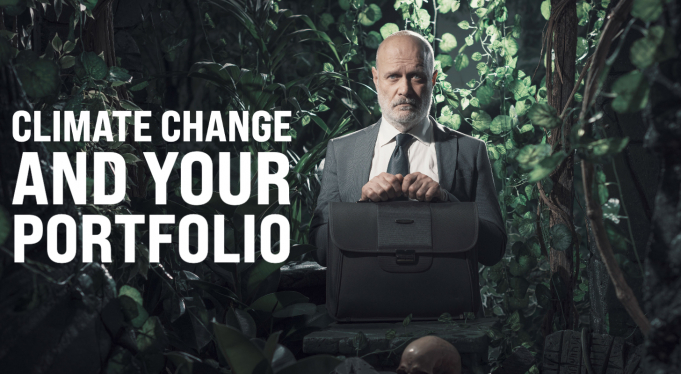For the past several weeks (or even months), we have had several recurring themes, supply chain (shipping) delays, factory shutdowns in China, lowered or destructed agricultural output, and cost inflation. One factor all have in common nowadays? Heatwaves and severe drought.
For years, climate change felt like a distant phenomenon supposed to impact our lives dramatically. Researchers say, this year, weather patterns such as La Niña (which occurs every 3 to 5 years) are amplified by the effects of climate change, and in turn, worsen climate change itself.
What has happened and How might this affect your portfolio?
While Europe’s energy crisis deepens, Europe’s hot and dry summer has led to the water level on the Rhine river, a key shipping route for Germany and Europe, to be at a record low, making it too shallow for several vessels. Ships that usually take 2,400 metric tons of freight are now taking only 500 tons[i]. The route is usually used for transporting raw materials to power plants and factories.
US, the largest exporter of cotton, expects to lose more than 40% of the cotton crop this year[ii]. Devastating news for the crop from India, China, and Brazil has led cotton prices to surge by more than 30%, after touching the highest level earlier this year since 2011. At these levels, the cost squeezes margins of clothing suppliers globally and can push cost inflation for everyday items such as t-shirts, paper, diapers, and towels. Similar trends are emerging for olive oil, rice, and grape crops.
The Yangtze River basin (Sichuan province to Shanghai city) has been hit hard by severe drought and sweltering heat waves causing low water levels and a drop in hydroelectric power generation for China. The province is home to several key manufacturing hubs and industrial power cuts meant production halted or reduced at factories such as Toyota, Apple, and Volkswagen.
The consequences of the above are and will be felt across industries and regions. The weather impact can drive up energy costs leading to higher transport costs and rising prices through the supply chain. Cost inflation, which has already been a hot topic for investors and governments alike, will likely continue to drive higher food, commodity, and living expenses. Thus, climate change can lead to greater volatility in headline inflation rates ultimately impacting companies and your wallet.







Comments
Login to post a comment.